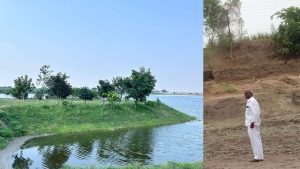I Quit My Job to Fight Invasive Plant Species & Restore 300 Acres Land in Western Ghats
Meera Chandran of Kerala founded Forest First Samithi, an NGO dedicated to manually removing invasive plant species and turning land back into forests with the help of the forest department and local communities.
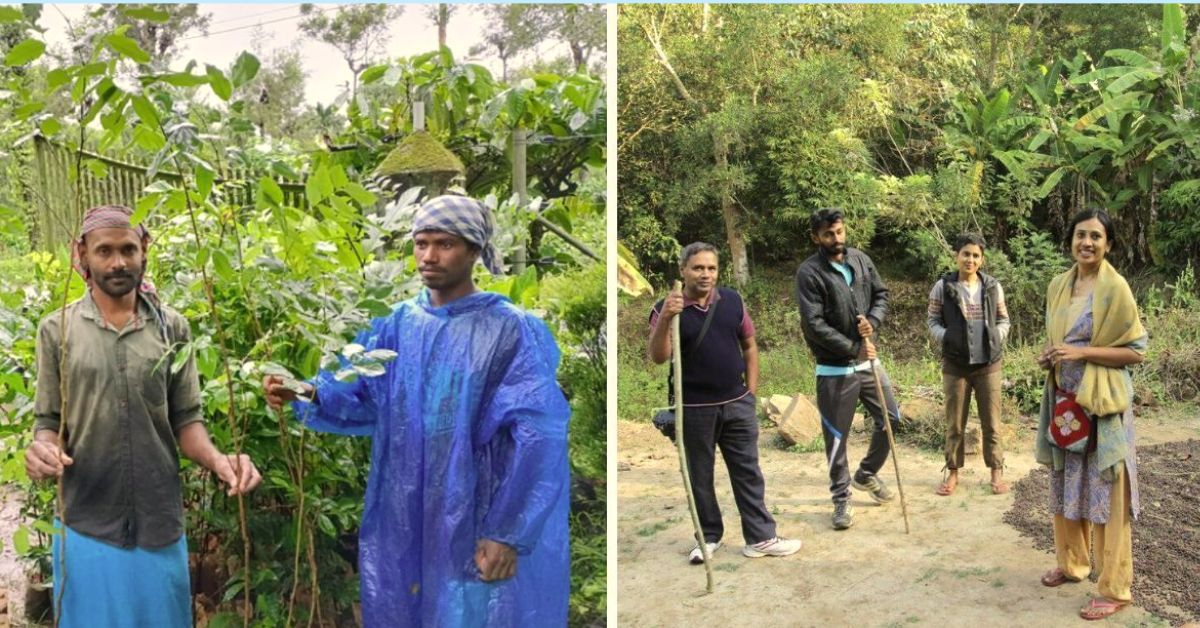
Back in 2010, when Wayanad-native Meera Chandran visited her homeland, she discovered that her ancestral land was covered with Lantana Camara, an invasive plant species capable of killing the native plants and ruining the ecological balance.
Meera, then an employee of an IT conglomerate and someone who has always been passionate about ecology, decided to clean up the 8-acre property to remove the weed. But instead of using the easiest method of renting an earth mover, she arranged for labourers to manually pull out the weeds.
“If the seeds of Lantana get exposed to sunlight when the soil is moved, it would’ve catalysed their growth. Also, using an earth mover would damage the natural flora of the land,” says Meera to The Better India.
So, the land was cleared using the cut root-stock method, which involves cutting the root 2-3 inches below the soil and hindering its ability to spread. Next, she turned the land back into a forest area by planting different species. “The land lies in the eastern part of the Western Ghats and after researching what type of plants are included in the area’s natural flora, we planted them,” she says.
This was not an easy process. It took three years for removing the weeds and two more to plant the natural species. Halfway through Meera decided to turn this into an official initiative and founded Forest First Samithi in 2010 to conserve native plant species, eco-restore degraded lands and bring diversity planting in farmlands.
“We have conserved over 150 floral species of Western Ghats so far. This includes riverine species, species of medicinal value, wild edible fruits and rare, endangered and threatened tree species (RET). An area of more than 300 acres, both private and community lands, have been restored till date in Kerala’s Wayanad and Karnataka’s Kodagu,” says the 48-year-old conservationist.
But Meera says this was never a single-handed project. All these became a reality with the support and assistance from the state forest departments, local tribal communities and like-minded individuals. From employing 3-5 labourers to more than 40 from the tribal communities today, the organisation has grown manifold.
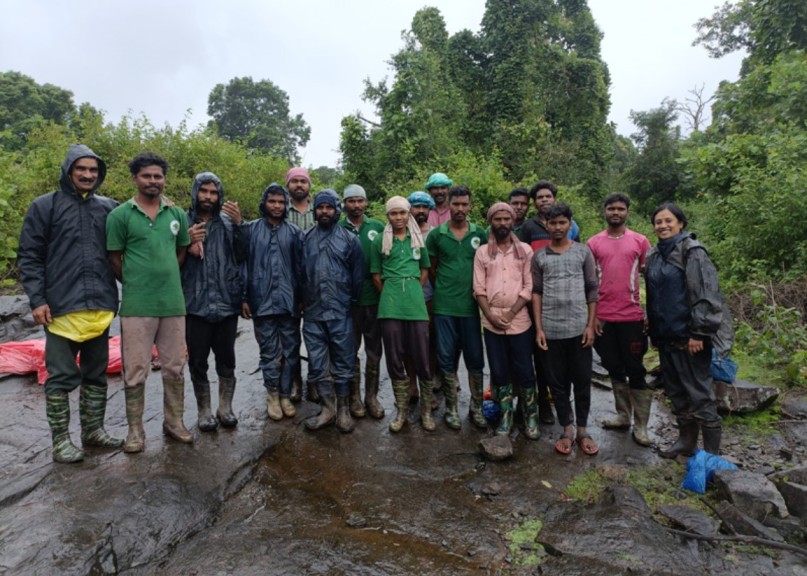
The team receives funding from corporates, including US Technology (UST), and also raises money through crowdfunding.
Destroying ‘green deserts’
Meera, a graduate in Electrical and Electronics Engineering as well as law, left her job four years after starting the organisation. “My passion for ecology began much earlier; growing up amidst the greens of Wayanad could have been a factor. I quit my job in 2014 when I finally got a chance to be involved in the field. From then on, forest restoration, conservation and local livelihood betterment have been my areas of work,” she shares.
Meera says that land which is occupied by invasive plant species is a ‘green desert’; where not even grass that is part of the natural flora grows. “This is a serious issue of which not even the majority of farmers are aware. They bring in exotic plants to introduce those to the market and make a good income but most of them don’t know that harms the native species. When the natural flora is destroyed, the fauna too goes with it. This is a cycle we can’t control and the only way to avoid this is by manually removing the weeds and planting what the land needs,” she explains.
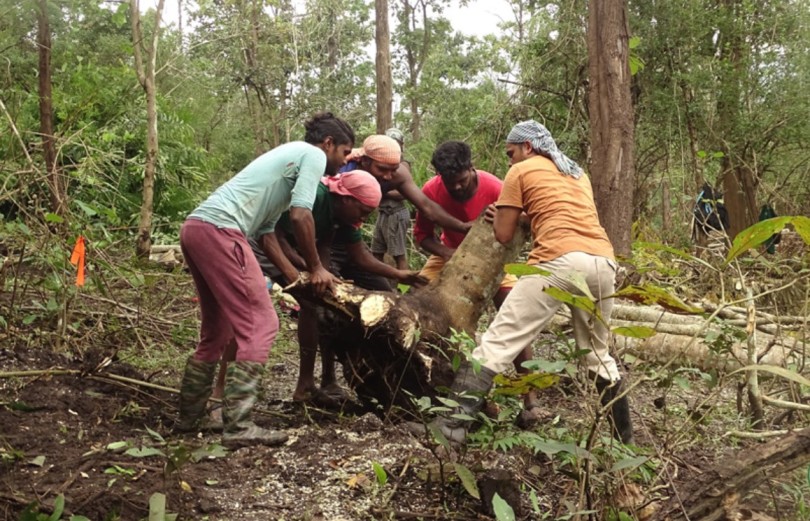
It was after seeing the results on her property that Meera got the confidence to move forward with the initiative. “Even though organisms like leeches attacked the plants during the initial months, nature gave us the green signal soon. The ‘right species in the right ecosystem’ – this was our motto. While some people who were already aware of this issue approached us for assistance to retain their land, we also explained things to some others who eventually understood the gravity of the situation,” she adds.
The organisation has a memorandum of understanding (MoU) signed by the forest department to take up the activities. “The MoU helps us build credibility while explaining things to individuals and communities and asking for their involvement. But mostly, we don’t spend much time in convincing people as many are aware of the issues,” says Meera.
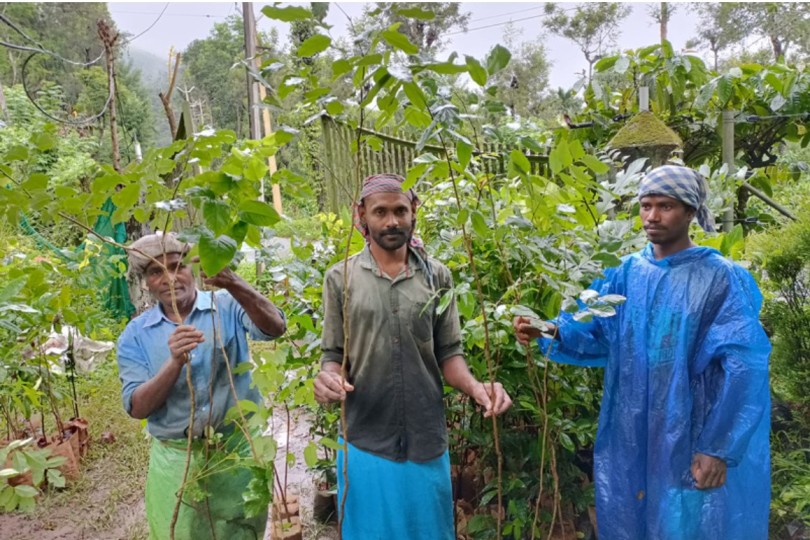
The organisation collects natural plant species from nurseries around the state, from local tribes and from their nursery where they grow a few of them. “We are trying to encourage the tribes to grow more natural species. This can be another way for them to support their livelihoods,” says the founder.
The team of Forest First now consists of five trustees and five full-time members including supervisors and labourers from the local tribal communities. For a project that lasts for at least 10 months, around 25 labourers are employed at a time. A group of 25 other labourers are hired for seasonal activities like planting and cleaning too.
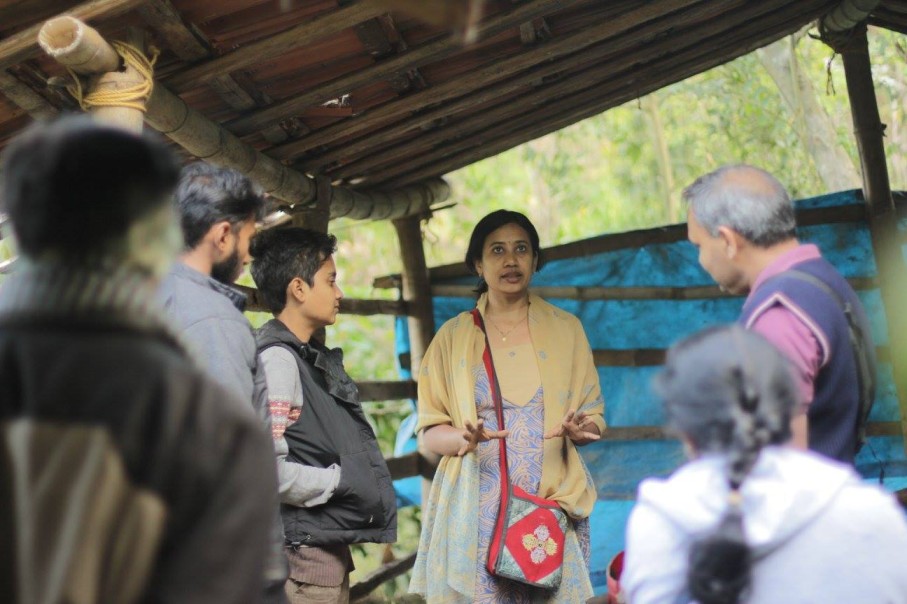
“Along with restoring the lands, we also try to provide a livelihood to the local communities. Other than hiring them, we also try to improve their lives in small possible ways. With CSR support, we distributed fuel-efficient cookstoves in 118 homes and installed 80 solar home lighting for forest fringe villages in 2021,” Meera claims.
The organisation has been able to restore 200 acres within two years.
You can contact Forest First Samithi here.
Edited by Yoshita Rao
Photo credits: Forest First/Facebook
If you found our stories insightful, informative, or even just enjoyable, we invite you to consider making a voluntary payment to support the work we do at The Better India. Your contribution helps us continue producing quality content that educates, inspires, and drives positive change.
Choose one of the payment options below for your contribution-
By paying for the stories you value, you directly contribute to sustaining our efforts focused on making a difference in the world. Together, let's ensure that impactful stories continue to be told and shared, enriching lives and communities alike.
Thank you for your support. Here are some frequently asked questions you might find helpful to know why you are contributing?


This story made me
-
97
-
121
-
89
-
167




